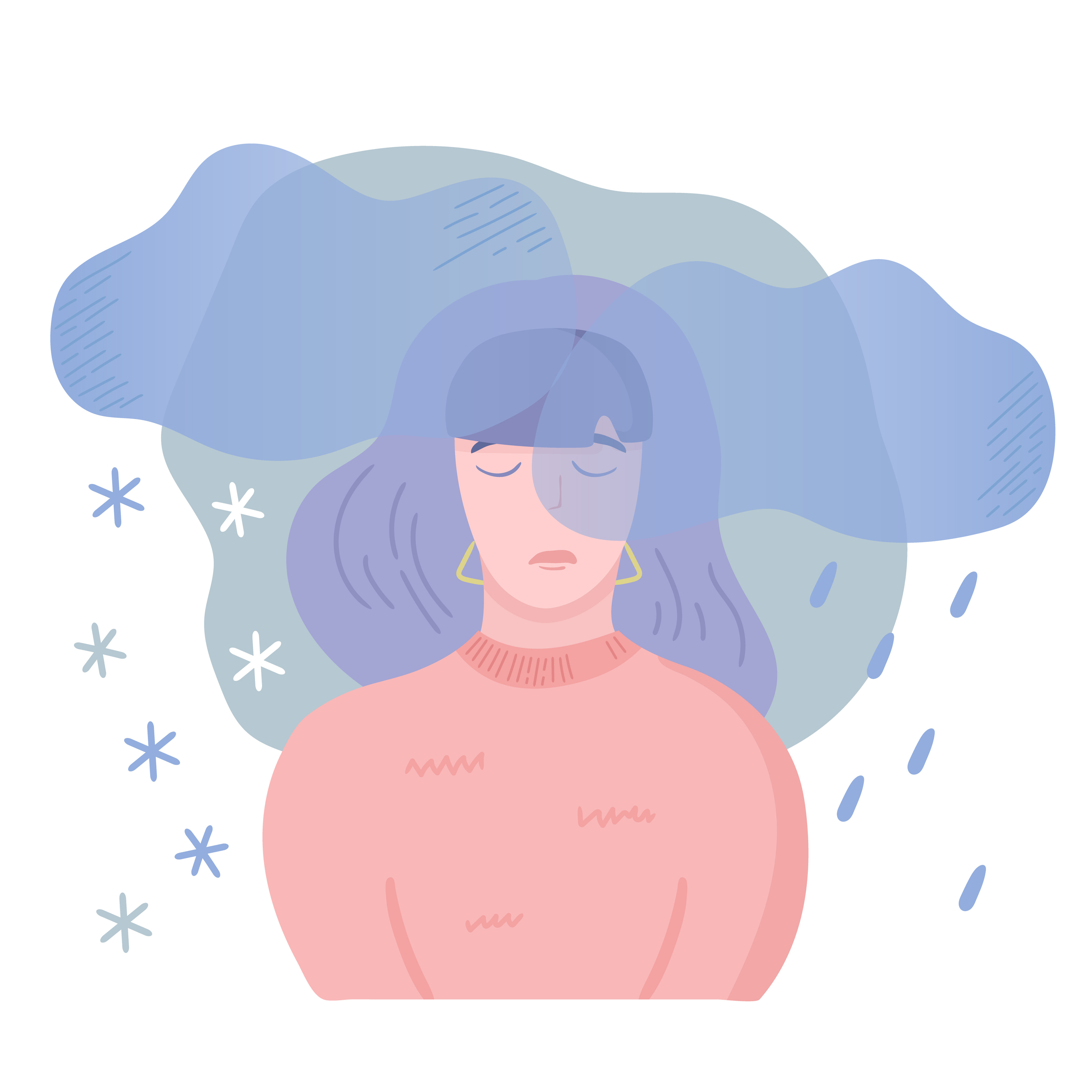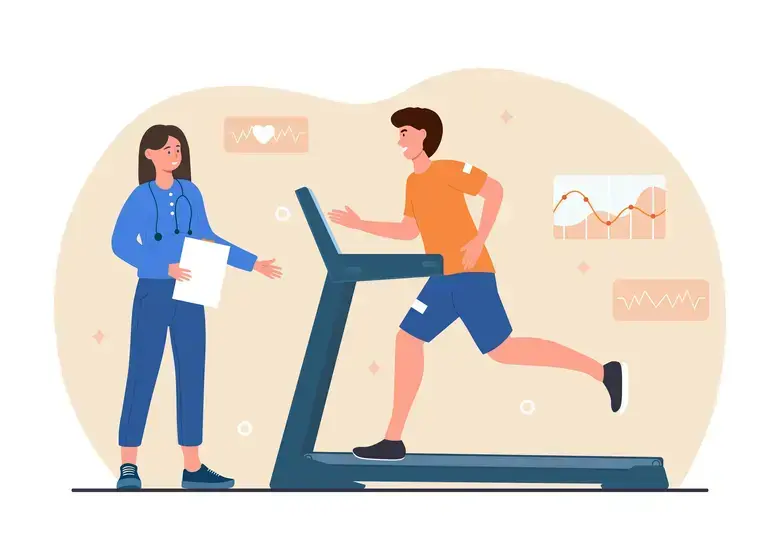Independent of climate-related seasonal affective disorder, social and cultural factors can make the winter holidays difficult for people prone to mental ill health. For many, the time of year means merriment and the strengthening of relationships. But there is a widespread sense that not everyone is happy, and evidence to back this up.
People interviewed towards the end of December had a small but significantly lower satisfaction with life than those interviewed at other times of year, according to a major European survey.1 And the overall balance of mood that people reported was less favorable: on average, positive emotions still exceeded negative ones, but to a lesser extent than in other seasons.
The finding that the winter holidays increase the frequency of negative feelings suggests the need to be alert to possible exacerbations of mental health problems.
For the isolated and depressed, there is no “midwinter magic”
Although the Covid-19 pandemic will disrupt usual activities in many countries this year, midwinter festivities typically involve spending time with friends and family. For those without such connections, the time may be particularly miserable – especially in the absence of routine contacts at work.
Being alone in a crowd
For those who are homeless, often because of severe mental health problems, the time can be grim indeed. A woman with untreated schizophrenia has written of the times she spent the midwinter holidays without a home, friends or family; and her festive meals were food scavenged from garbage cans.2
A study from Canada found that the most common stressors reported by psychiatric emergency patients over the midwinter period were loneliness (40%) and being without a family (38%).3 But the causes of low mood and other mental health problems are complex.
Longer hours of darkness can nudge people towards depression
Seasonal reduction in exposure to light is linked to episodic winter depression, and dysfunction in serotonin systems has been implicated.4 A recent Cochrane Review concluded that evidence for the benefit of light therapy in preventing SAD is limited,5 but exposure to light is crucial for the maintenance of circadian rhythms, and their disruption is associated with impairment of cognition and mood.6
That is also a consequence of sleep disruption, which is characteristic of seasonal festivities: neurotransmitter systems mediating sleep overlap with those involved in maintaining mental health.7
Helping those at risk
During the winter holidays, it is important that we are alert to the possibility of worsening mental health, and that patients seek help when required. It is good to acknowledge the beneficial effects of regular exercise and sleep; the adverse effects of excessive alcohol intake; and the stress that can be caused by over-stretching financial resources and, sometimes, by family dynamics.
In her recommendations, Marjorie Baier combines professional expertise with common sense advice for those at risk:8
- Reduce stressors:
- plan time, expenditure and social contacts
- anticipate and take steps to avoid family conflict
- share tasks so responsibility does not fall on one person
- manage expectations about gifts
- Promote coping mechanisms:
- draw on support among family, friends and community
- for those at risk of isolation, organize meetings to share experience; and
- enhance support for substance abusers at risk of relapse.
Our correspondent’s highlights from the symposium are meant as a fair representation of the scientific content presented. The views and opinions expressed on this page do not necessarily reflect those of Lundbeck.




